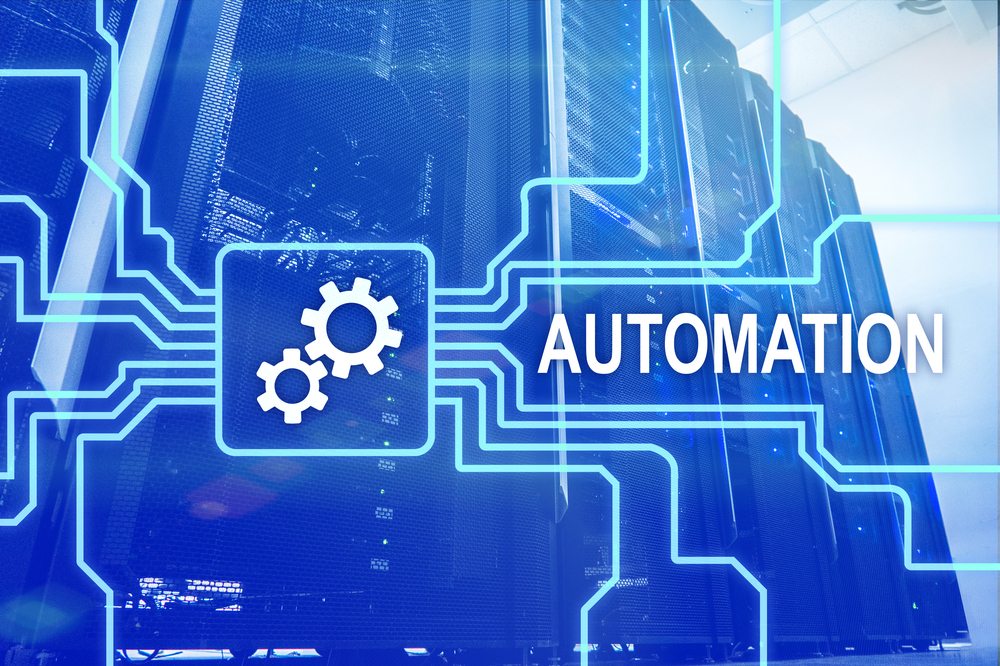
Modern businesses are increasing their reliance on data-driven operations, decision-making, customer engagement, and more. Their efforts use numerous data sources to power their reports, business intelligence, and analytics-derived analytics in these areas. Critical to success is an assurance that these applications and processes have good quality data at the right time to take action in a timely manner. Increasingly, automated data pipelines play a key role.
To understand how automated data pipelines can help, it is important to consider the things that deny end users (the data scientists, data analysts, lines of business, and more) the high-quality data they need to do their work.
The process typically includes multiple steps and operations. For example, it might require that data be extracted from an enterprise ERP or CRM application or database, transformed into a usable and consistent format, properly loaded into a database or system for analysis, and more.
See also: Data Pipeline Tools Market Size To Reach $19 Billion by 2028
Sources of data quality problems
Some of the most common things that cause or contribute to bad data quality include:
No data validation: Not implementing validation checks allows incorrect data to enter the system.
Data decay: Information changes over time. Addresses, phone numbers, and other data can become outdated, leading to decreased accuracy.
Data migration challenges: When moving data from one system to another, there’s potential for loss, corruption, or misinterpretation of data.
Duplicate data: This can arise from multiple entries of the same data, system errors, or data merging processes.
Human Error: This is one of the most common causes. Data entry errors, misinterpretation of data, or mistakes made during data processing can all contribute.
Inadequate training: Users who are not adequately trained may not carry out the numerous steps in preparing, extracting, loading, transforming, or ingesting data.
Inconsistent data entry standards: Without standardized data entry guidelines, different individuals or departments might enter the same data in various formats.
Lack of data governance: Without clear policies, procedures, and responsibilities for data management, data quality can suffer.
System and integration errors: When integrating multiple systems or software, data can get lost, duplicated, or misinterpreted if the systems aren’t fully compatible.
Any one of these things can negatively impact data quality. If the data is then used in reports or analyzed, the conclusions and insights would be incorrect. Forecasts would be wrong. Selecting one course of action over another would be done based on flawed information.
See also: Top Data Pipeline Challenges and What Companies Need to Fix Them
How automated data pipelines can help
Today, there is great interest in data pipelines, in general, and automated data pipelines, in particular, because businesses are going through a fundamental transformation. More data is being generated upon which actions can be taken. And businesses want to take advantage of the new sources of data all the time. As such, data pipelines are the backbones of modern operations.
Why? Data pipelines move data from point A to B. Along the way, they use techniques like ETL (Extract, Transform, Load), ELT (Extract, Load, Transform), and more to get the data in the right format for use by each application. A pipeline might also perform other duties like data quality checks.
Manually building end-to-end data pipelines was the norm for decades. It is no longer an option. It takes too long to build the pipelines, and the process does not scale. In modern businesses, both issues (too much time and inability to scale) are unacceptable.
It is important to note that the scaling issue is more than a need to accommodate more data and more pipelines for more projects. The biggest challenge businesses face with data pipelines is complexity. The complexity of the modern data stack is outpacing the ability of data engineers and IT staff to keep up.
So, businesses have access to more powerful technology, allowing data engineers to build pipelines faster than ever. But what happens is everybody’s building pipelines using new technologies. However, the pipelines are dependent on each other, and this introduces the network effect. A change in one has an impact on many other pipelines. There is a ripple effect. Trying to manage this complexity is not possible without automation.
Automated data pipelines, as the name implies, replace manual coding data engineers have done for years. But they also do more. Intelligent data pipeline solutions instantly detect changes in arriving data or in the code that makes up a data pipeline. Once detected, an intelligent solution would automatically propagate the change, so it is reflected everywhere.
As the network of pipelines increases, this capability saves days of mundane work assessing and managing even simple changes.
Tying automated data pipelines and good data quality together
Automated data pipelines address every possible factor (listed above) that can impact data quality.
The human is removed from the process, processes are standardized, and more. Additionally, when anything changes, a suitably selected automated data pipeline platform will propagate the change throughout a company’s network of data pipelines.
Bottom-line: Automated data pipelines eliminate the main causes of data quality problems.

Salvatore Salamone is a physicist by training who has been writing about science and information technology for more than 30 years. During that time, he has been a senior or executive editor at many industry-leading publications including High Technology, Network World, Byte Magazine, Data Communications, LAN Times, InternetWeek, Bio-IT World, and Lightwave, The Journal of Fiber Optics. He also is the author of three business technology books.





